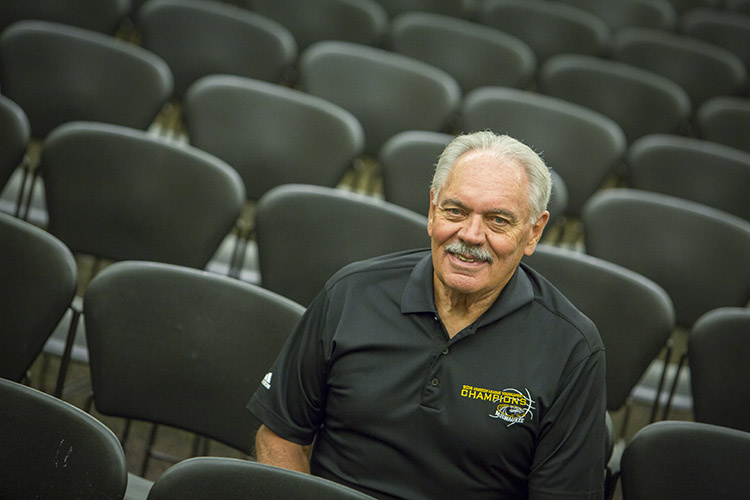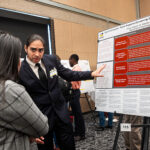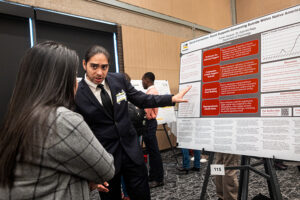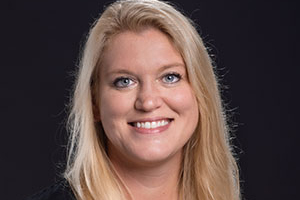Jim Cleary had barely adjusted to the academic and athletic rigors of college life before fate – and the Wisconsin Legislature – threw the Rufus King International High School alumnus and baseball star a curveball on Oct. 13, 1955.
At the end of his freshman year at a teaching college on Milwaukee’s East Side, Cleary would be thrust into a new chapter of Wisconsin history as one of the first students at the state’s newest academic institution, the University of Wisconsin-Milwaukee. The legislature approved the new university’s creation just a few weeks into his freshman year at what was unofficially known as “Milwaukee State,” but formally known as Wisconsin State Teachers College, Milwaukee.
After decades of transition from a teachers college in the 1800s to a merger with two art schools in the 1920s, the private institution that would someday be UWM settled into life as Wisconsin State Teachers College, Milwaukee.
But Milwaukee needed more. The teachers college could not meet the growing demand for higher education among World War II veterans eager to use their GI Bill benefits. Fewer than 20 percent of college-aged Milwaukeeans were attending college in 1947, compared with 50 percent in Dane County. The difference: One county had a comprehensive public university. One didn’t.
In the early ’50s, momentum for change rose, leading up to the fall 1955 legislative vote. University of Wisconsin Extension and Wisconsin State College, Milwaukee merged, creating UW-Milwaukee on Sept. 25, 1956.
As president of Milwaukee State’s final freshman class, Cleary was already active in campus life on the East Side when he attended UWM’s first-ever day of classes. Virtually overnight, the new UWM sophomore went from playing football for the Green Gulls (Milwaukee State) to playing for the Milwaukee Cardinals (UWM).
“The historical piece of it was maybe more than we could comprehend as a student,” he said. “But it was a wonderful thing to be associated with the University of Wisconsin System. On the other hand, changing our school colors from green and white to red and white was too close an association to Madison for some of us athletes.”
Cleary remembers there being about 750 students in his freshman class at Milwaukee State. He estimates about 500 sophomores attended the first day of classes at UWM. Some chose not to make the transition to the new university; some weren’t invited back; some got married.
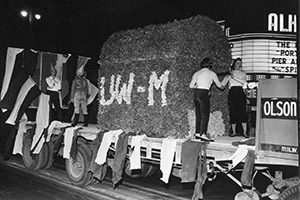
It was a beautiful day when the Milwaukee Cardinals halfback arrived at 7:30 a.m. for football practice. He was able to register for classes early, in person and on campus only, as a college athlete. Instead of athletic scholarships, athletes received free or subsidized uniforms. Cleary said he didn’t mind the additional expense, or work, of playing two college sports at UWM.
“Athletics was very important to us,” he says of his baseball and football teammates. “It kept me coming to campus every day and in my classes.”
School colors and mascots weren’t the only noticeable changes that first day of classes. In 1955, Cleary’s state college tuition was $71.50 per semester, book rentals included. The move to a university with a research agenda led to higher aspirations, and tuition, for Milwaukee State students who transferred to UWM.
“It was quite a shock to see tuition change to $90 a semester overnight, and you had to buy your own books. Curriculum changed. We were at a university, not a college.”
To pay his way, Cleary lived at home with his parents. “We were always known as a working campus and to some extent, that’s still true.” He managed a concession stand during games at the Baker Field House and an ice-skating rink in Shorewood.
He relied on friends and relatives to type up his papers after working until 4 a.m. on a borrowed typewriter one night, calling himself “a terrible typist.” A good lunch in the UWM Union cost about $1. He changed majors from education to social studies, and played on the inaugural UWM baseball team in 1956.
As a member of the first four-year graduating class of UWM, the Class of 1960, Cleary was at Fort Leonard Wood, Missouri on commencement day. His diploma came in the mail. The army enlistee saw six months of active duty before he found a corporate job in the insurance industry. After five years in insurance and one year at Pabst Brewing, he transitioned to banking and retired as a vice president of First Wisconsin National Bank.
Cleary remains an athlete with regular golf outings. He’s now a proud Panther and active inductee in UWM’s Bud Haidet Athletic Hall of Fame and a 25-year member of the university’s athletic board.
Cleary still marvels at how his college and career plans changed so significantly after his freshman year as an education major at Milwaukee State, but he’s grateful they did. Moreover, he’s proud and inspired by his alma mater’s transformation.
“UWM has changed dramatically. We’re now known as a research university, but when I started, we were a teaching institution that prepared young men and women to become schoolteachers. You couldn’t compare UWM in 1956 to UWM today. Transferring to a brand new university made me proud, and I always believed it was the best kept secret in the Milwaukee area.
“That changed over the years, for the better, too. More is expected of UWM now. More is expected of our students.”
The staff of the UWM Archives contributed to this report.
